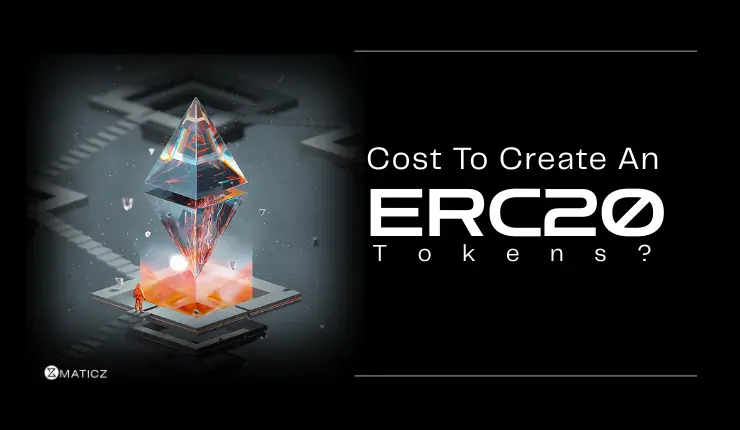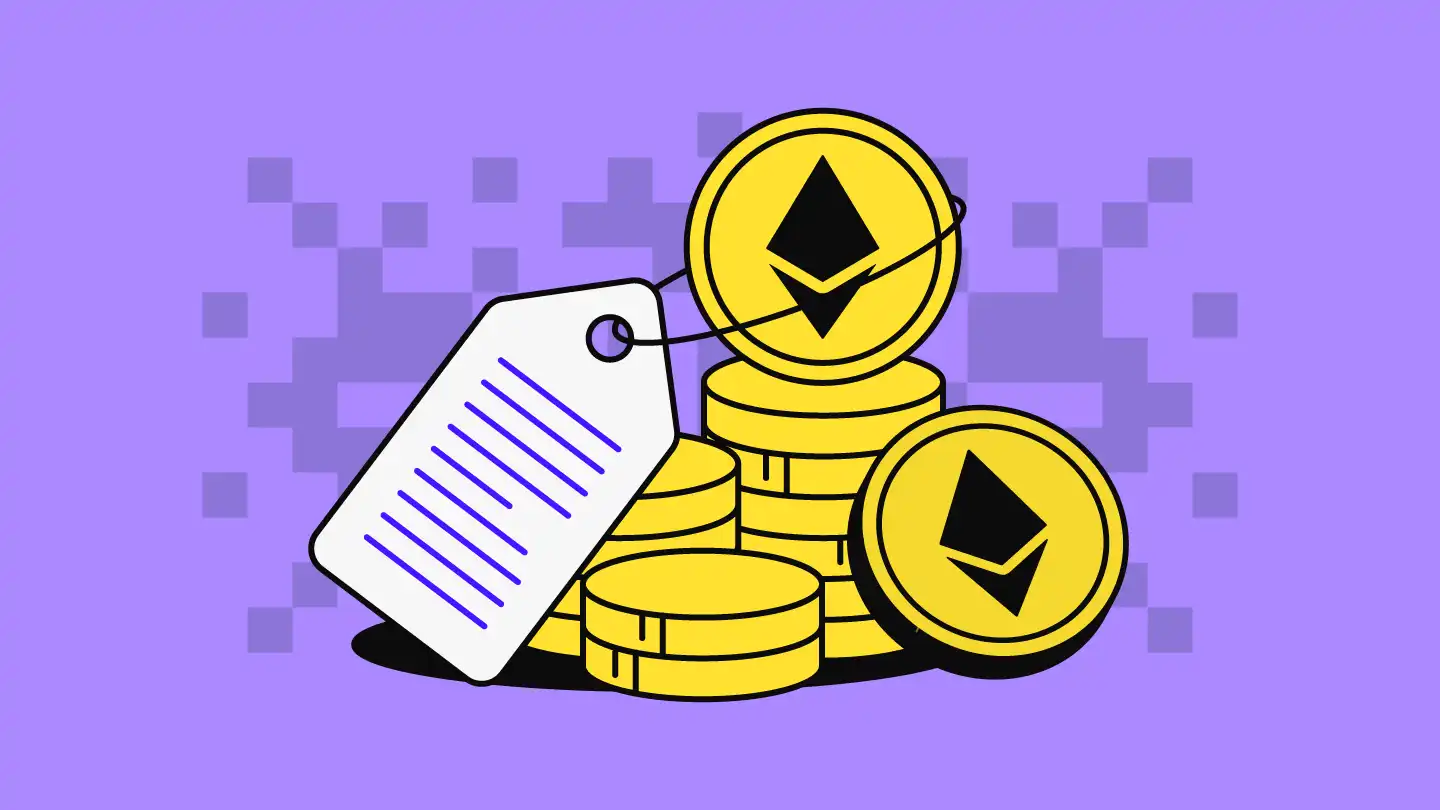Share Posts

Grid Bot Development Guide: Create Crypto Grid Trading Bot
88
4506
103
Grid Trading Bot Development
Grid trading bot development involves creating an automated trading system that utilizes a grid trading strategy to execute crypto trading. Recently, this trading strategy has gained popularity due to its potential to capitalize on market volatility. For traders looking for effective tools to handle the complexities of the crypto market, grid trading bots have come as a boon for them.
For those who are just starting crypto trading, grid trading is one of the trading strategies where buy and sell orders are placed at predefined intervals above or below the current market price. Simply put, it involves placing buy and sell orders and taking advantage of price fluctuations by buying when prices fall and selling when they rise within a set range.
In this blog, we will provide insights into what grid trading bots are and how they work. Also, keep reading this blog to get a bonus tip on some important parameters to be successful with grid trading bots at the end of the blog. Stay Tuned.
If you are new to the world of crypto trading, then we recommend reading our comprehensive guide on crypto arbitrage bots to have a clear understanding before trying out complex trading strategies.
What is Grid Trading Bot?
Grid trading bot is an automated trading tool that allows traders to perform trading based on the price fluctuations on the grid of orders. These bots operate based on predefined algorithms and parameters, eliminating the need for human intervention. They allow traders to make a profit on even small price fluctuations in the cryptocurrency market. It is based on the principle of buying low and selling high. As the market fluctuates, this bot aims to capture profits by executing trades at different levels within the grid.
Some advanced grid trading bots integrate dynamic features that allow them to adapt to changing market conditions. Parameters such as grid spacing or the number of levels may be adjusted based on factors like market volatility or specific technical bot indicators. Grid trading bots can be applied to various asset classes, including cryptocurrencies, forex pairs, commodities, and futures contracts. Traders can customize the bot's parameters based on the characteristics of the specific market they are trading.
Types of Grid Trading Strategies
Grid trading strategy is commonly used in both spot and futures markets. Here, we'll explore the types of grid trading bots in both spot and futures markets.
Spot
Did you know that different types of grid trading bots can help you generate profits? For instance, basic spot grid bots place buy and sell orders at specific intervals to take advantage of market fluctuations. Meanwhile, arbitrage spot grid bots focus on exploiting price differences between various trading pairs or exchanges. Lastly, dynamic spot grid bots adjust grid parameters based on market conditions, using technical indicators or volatility metrics for optimal performance.
Future
Moving on to futures markets, grid trading bots can help you manage risks and make more informed trading decisions. Traditional futures grid bots create a grid of orders to profit from price movements while hedging futures grid bots are designed to offset potential losses by strategically placing grid orders to hedge against adverse price movements.
Calendar spread futures grid bots specialize in exploiting price differentials between futures contracts with different expiration dates, while advanced algorithmic futures grid bots leverage sophisticated algorithms, machine learning, or artificial intelligence to adapt their grid strategies based on historical data and market trends.
How Do Grid Trading Bots Work?
Grid trading bots are a flexible way to deal with different market conditions. Traders can customize these bots to match their preferred strategies, such as following trends, reverting to the average, scalping, market making, or arbitrage. We have discussed how grid trading bots work, focusing on these main strategies.
Trend Following
Grid trading bots designed for trend following aim to capitalize on the directional movement of an asset. The bot sets up a grid of buy orders above the current price and sell orders below it. As the asset price moves in the desired direction, the bot captures profits by executing trades within the predefined grid.
Mean Reversion
Mean reversion grid trading bots operate on the principle that asset prices tend to revert to their historical average over time. These bots set up buy orders below the current price and sell orders above it. When the price deviates significantly from the mean, the bot executes trades to take advantage of the expected reversion to the average.
Scalping
Scalping grid trading bots focus on making small, quick profits by placing a high volume of trades. The grid is usually set up with tight intervals between buy and sell orders, allowing the bot to capture small price fluctuations. This strategy requires high-frequency trading and relies on the cumulative gains from numerous small trades.
Market Making
Market-making grid trading bots aim to profit from the bid-ask spread. The bot places buy orders below the market price and sell orders above it, providing liquidity to the market. By capturing the spread, the bot generates profits as it facilitates trades between buyers and sellers.
Arbitrage
Arbitrage grid trading bots take advantage of price differences between different markets or exchanges. The bot simultaneously places buy orders in the cheaper market and sell orders in the more expensive one, profiting from the price differential. This strategy requires precise timing and rapid execution to capitalize on fleeting arbitrage opportunities.
For Arbitrage bot development -->
Benefits of Grid Trading Bot Development
The benefits of using grid trading bots extend beyond the profit potential. Here, we have explored various benefits associated with using grid trading bots.
Trustworthy
First of all, grid trading bots are trustworthy because they make decisions based on pre-programmed algorithms. This means that they don't let emotions get in the way, and they follow a set of rules and parameters, ensuring consistency in trading strategies.
Usability
These bots are super user-friendly, which means that both novice and experienced traders can use them without any trouble. They have intuitive interfaces that allow you to configure your grid parameters, set risk levels, and monitor performance with ease.
Adaptability
Another great thing about grid trading bots is that they are adaptable to different market conditions and timeframes. You can customize them by tweaking parameters, adjusting grid sizes, and modifying strategies to align with the changing market trends, ensuring that your approach remains relevant.
Risk Management
Traders can set stop-loss orders, define maximum exposure limits, and implement other risk mitigation measures within the bot's parameters. This ensures that potential losses are controlled, protecting the trader's capital and promoting responsible trading practices.
Automated Trading
Grid trading bots automate the execution of trades, providing traders with the ability to participate in the market 24/7 without constant manual supervision ensuring timely execution of trades based on the predefined strategy.
How to be Successful with Grid Trading Bot Strategies?
If you're interested in using grid trading bots to enhance your trading strategy, there are a few key parameters you should keep in mind. In this guide, we'll go over the essential components of successful grid trading and offer some tips on how to optimize your approach.
Take Profit
Traders should set realistic profit targets based on market analysis, historical price movements, and the overall risk-reward ratio. Regularly reassess and adjust Take Profit levels to adapt to changing market dynamics and optimize overall profitability.
Stop Loss
Traders should carefully consider their risk tolerance and set Stop Loss levels that prevent significant drawdown. Analyze key support and resistance levels, technical indicators, and market trends to determine optimal Stop Loss placements.
Upper Limit
The Upper Limit, or maximum exposure limit, safeguards traders against overexposure to market volatility. Setting a well-defined Upper Limit ensures that the grid trading bot does not open an excessive number of positions, protecting the trader's capital. Determine Upper Limits based on risk tolerance, overall portfolio size, and the characteristics of the traded assets.
Lower Limit
By setting a minimum acceptable grid spacing, traders can avoid overtrading during periods of heightened volatility. Establish Lower Limits that align with the specific characteristics of the assets being traded and periodically review and adjust this parameter to adapt to changing market dynamics.
Grid Number
The number of grids within a trading strategy significantly impacts overall exposure and potential profitability. Traders should carefully consider market volatility, historical price movements, and current trends when determining the optimal Grid Number. Regularly assess and adjust the Grid Number to optimize performance in different market conditions.
Best Crypto Grid Trading Bots
Let’s take a look at some of the best crypto grid trading bots to look out for in 2024.
1. Binance
2. By bit
3. Pionex
4. BitsGap
5. Gate.io
6. 3Commas
7. Altrady
8. Quadency
9. KuCoin
10. Trality
Create Your Grid Trading Bot Now
If you're looking for a smart and hassle-free way to trade in the dynamic financial markets, then grid trading bots can be your ideal choice. These bots offer a systematic and automated approach to capturing opportunities while managing risks. You just need to keep in mind some key elements like Take Profit, Stop Loss, Upper Limit, Lower Limit, and Grid Number to form the backbone of a successful grid trading strategy.
So, embrace the adaptability and automation that grid trading bots offer, and always stay informed about market trends. To take your trading to the next level and explore the full potential of grid trading bots, consider incorporating these insights into your approach. Remember, trading with bots can be fun and profitable if you know how to use them wisely.
If you want to develop your grid trading bot, then approach Maticz, the top crypto trading bot development company. We develop innovative trading bots to execute profitable trades. Approach us to opt for the best-in-class solutions with market-demand functionalities.
Related Articles:
Tap Into the Future
The latest insights, posts, and project updates - straight to your inbox.




